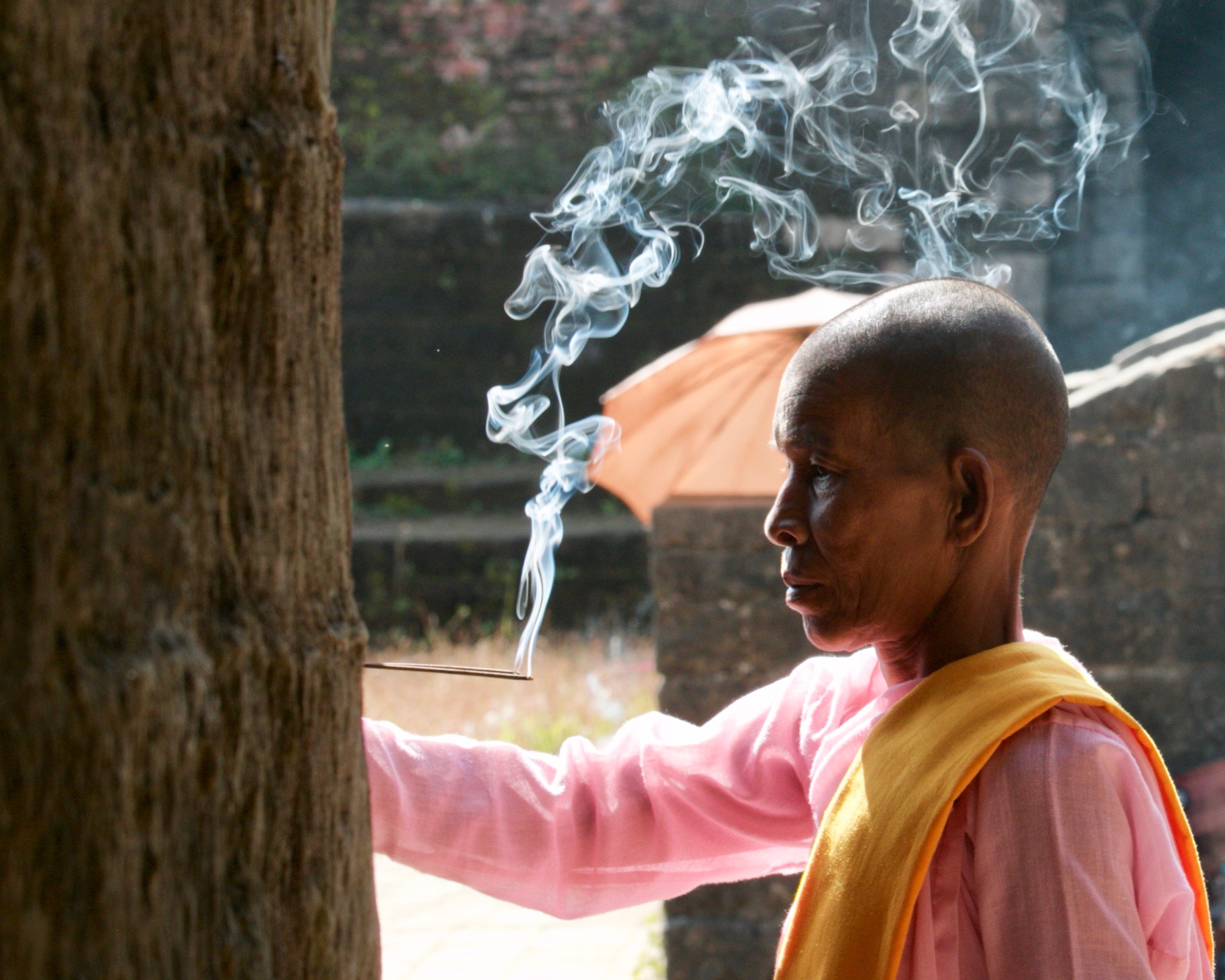Myanmar Adventure 2016
Carol & I will post 3 photo blogs sharing photos and comments about our trip to Myanmar;
Blog #1 = Imperial Burma (Mrauk U and Bagan)
Blog #2 = Large Cities (Yangon and Mandalay) and Country leadership
Blog #3 = Inle Lake & Food of Myanmar
Welcome to Blog #1.
We have wanted to visit Myanmar (formerly known as Burma) ever since we learned about the country while living in Japan. Now that most of the country has opened to foreign visitors, we finally set off on our Myanmar adventure from the end of November to mid-December 2016.
Myanmar is bordered by Bangladesh, India, China, Laos and Thailand and has a population of about 55 million. Many still recognize the country by the name of Burma, which is a reflection of the dominant ethnic group “Bamar or Burman”. The two names continue to be used due to many political and ethnic opposition groups which do not recognize the legitimacy of the ruling military government or its authority to rename the country.
However, Myanmar is home to the Bamar people, consists of 135 different ethnic groups, each with its own history, culture and language live in the country.
Our air travel to Myanmar required 4 flights and about 36 hours travel time, with layovers, etc. Myanmar is also 14.5 hours ahead of San Diego time. So it takes more than a little adjusting time!
Based on our homework prior to visiting, we expected the Buddhist religion to be common within the country. But nothing prepares you to experience a country, culture and people that are so spiritually and behaviorally engaged with Buddhism, Monasteries and Monks in their every day practice (about 90% of the population is Buddhist). It is compulsory for all Buddhist boys to attend a Monastery for a period of time prior to age 18. Many males also attend a second time as a confirmation to their faith after turning 18. Girls have the option to join a Nunnery, but it is not compulsory and not as frequent.
In the 11th – 14th centuries the Pagan Kingdom (today’s Myanmar, Laos, and other surrounding areas) dominated the region along with the Khmer Empire (Cambodia). Pagan rulers and the wealthy built over 10,000 Buddhist temples in what is now Myanmar. The temples are known as Stupas (also called Pagoda’s), which are solid structures with a possibly of an opening for a Buddha statue. They may also have religious relics buried inside which are typically the remains of Buddhist Monks or Nats (Saints), or some type of old Buddha statues that encourage people to visit and say prayers, and give donations for a that special purpose.
The Burmese people visit various neighborhood temples on a regular basis, and other special temples throughout the country on weekends, full moon celebrations, pilgrimages and holidays. The practices of visiting the temples and making significant donations to maintain the temples, such as refurbishing the whole outside of the temple with gold leaf every 5 years, are alive and well among all generations. The community members also support the Monks and Monasteries with daily donations of food, money and other needs. In return, the Monks provide the needed spiritual guidance and education to the young.
The following photos include; Mrauk U in the Rakhine State, Villages north of Mrauk U, Sittwe in Rakhine, Bagan, and Mt. Popa in the Bagan Region.
Sunrise Mrauk U

Mrauk U Village & Temples

Mrauk U

Mrauk U

Mrauk U

Mrauk U

Mrauk U

Mrauk U

Mrauk U

Mrauk U

Mrauk U

Mrauk U

Mrauk U

Mrauk U

Sunset Mrauk U

River trip to Villages

Villages in Northwestern Myanmar

Villages





Villages

Villages


Sittwe

Sittwe

Sittwe


Sittwe

Mt. Popa

Mt. Popa

Mt. Popa

Mt. Popa

Mt. Popa


Bagan

Bagan

Bagan

Bagan

Bagan

Bagan

Bagan

Bagan

Bagan



Bagan

Bagan

Bagan

Bagan




